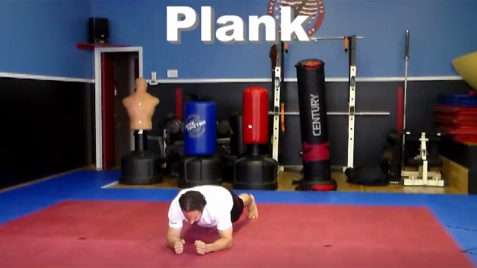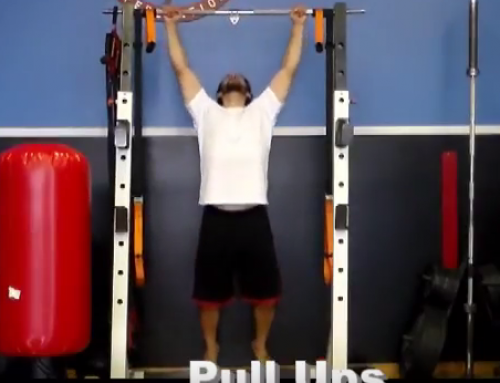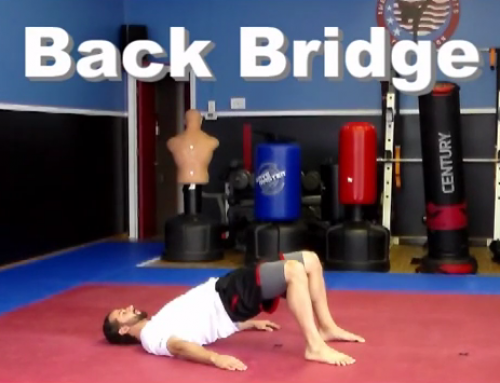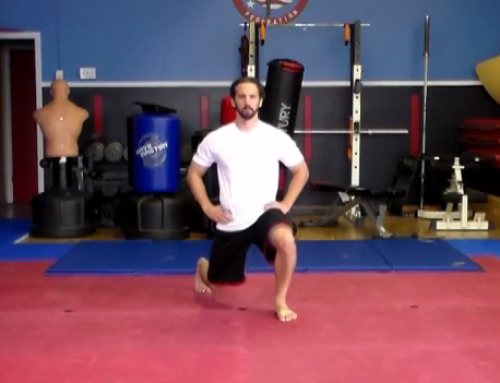This month’s exercise is the plank, side plank and posterior plank. These exercises are fairly easy to learn, but there are still some ways to make mistakes.
All Planks:
- Keep your spine straight.
- Don’t allow your hips to rotate.
- Don’t let your shoulders “crunch” and your shoulder blades to squeeze together. Flatten your back and push through your shoulders to keep from sinking into your shoulders and creating shoulder pain.
- Don’t allow your hips to raise too far nor drop too low. With the straight plank, you should be able to place a broom stick on your spine and it touch from head to hips and not fall off.
- Don’t let your head drop down nor crunch backward. Allow it to stay straight with the spine. For most, this is will leave you looking just out in front of your hands.
Side Plank:
- If holding the side plank is too difficult at first, you may use your other hand to help hold you up. However, place a step or raiser of some sort to keep your body in alignment. Placing the top hand on the ground will pull the shoulder out of alignment and twist the spine.
Posterior plank:
- If your shoulders are tight, this exercise may not be good to do until they are loosened up. If you have shoulder issues, avoid this exercise. Use a back bridge instead.
- Planks should be some of the first exercises you do when beginning a resistance training program. Your core is absolutely crucial in all other categories of exercise. Begin by simply holding a static movement with all of these. After working up some strength, you may begin doing some movements and removing one of the holding points (an arm or leg) to make it more difficult.







Leave A Comment